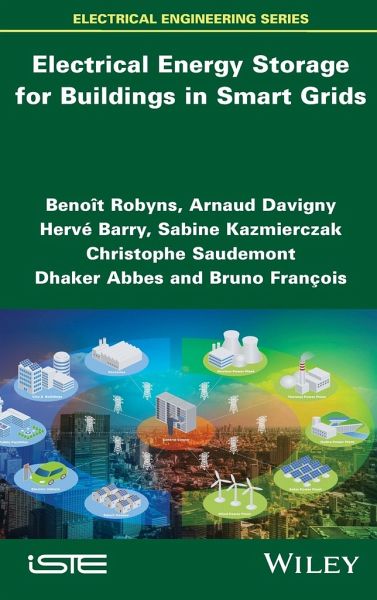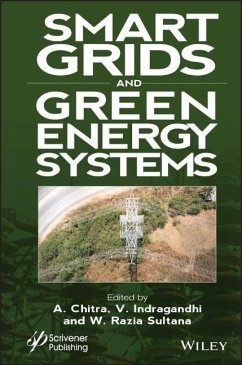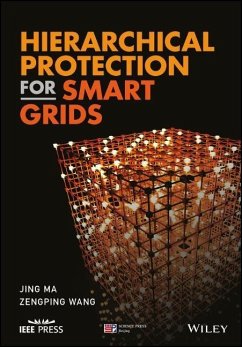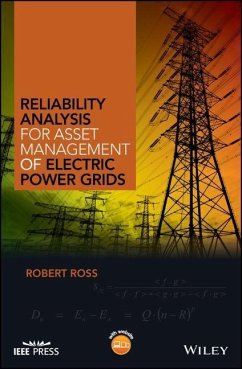Nicht lieferbar

Electrical Energy Storage for Buildings in Smart Grids
Current developments in the renewable energy field, and the trend toward self-production and self-consumption of energy, has led to increased interest in the means of storing electrical energy; a key element of sustainable development.This book provides an in-depth view of the environmentally responsible energy solutions currently available for use in the building sector. It highlights the importance of storing electrical energy, demonstrates the many services that the storage of electrical energy can bring, and discusses the important socio-economic factors related to the emergence of smart b...
Current developments in the renewable energy field, and the trend toward self-production and self-consumption of energy, has led to increased interest in the means of storing electrical energy; a key element of sustainable development.
This book provides an in-depth view of the environmentally responsible energy solutions currently available for use in the building sector. It highlights the importance of storing electrical energy, demonstrates the many services that the storage of electrical energy can bring, and discusses the important socio-economic factors related to the emergence of smart buildings and smart grids. Finally, it presents the methodological tools needed to build a system of storage-based energy management, illustrated by concrete, pedagogic examples.
This book provides an in-depth view of the environmentally responsible energy solutions currently available for use in the building sector. It highlights the importance of storing electrical energy, demonstrates the many services that the storage of electrical energy can bring, and discusses the important socio-economic factors related to the emergence of smart buildings and smart grids. Finally, it presents the methodological tools needed to build a system of storage-based energy management, illustrated by concrete, pedagogic examples.














